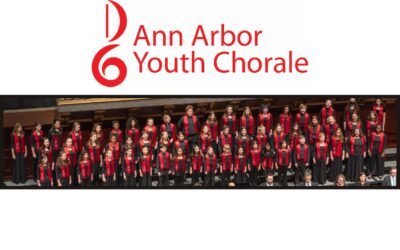The first question you have to ask about Chanticleer—the twelve-voice, all-male choir from San Francisco coming to St. Francis of Assisi Church on Thursday, January 29—is “What do they actually sound like?”
“People say the most striking thing about hearing us for the first time is that we sing the full range of mixed choir from soprano to bass,” says Matt Oltman, Chanticleer’s music director as well as one of its three tenors. “We have six countertenors, male singers using their head voice and upper range, who take the soprano and alto parts, so the sound we’re able to achieve is much more homogenous than a mixed choir of men and women. Imagine instead of the different instruments in an orchestra, you had an orchestra of all viols or all flutes or saxophones. It’s a beautifully harmonious sound, a transcendent sound that gets right inside you.
“There are distinct differences between men’s voices and women’s voices,” Oltman explains, “and a unique homogeneity of sound in using all men. Many people might have heard all-male choirs before—glee clubs or barbershop quartets—but this is bigger than that. With countertenors that can hit C above the staff and basses that can go to A below the staff, we can sing pretty much anything a mixed choir can sing.”
The second question is “What are they singing?” “It’s a program of music entirely from North America,” continues Oltman, “so as you can imagine, there’s great diversity. We’ve got pieces that sound very European from Mexico from before the Revolution plus some of the best of today’s best and brightest composers, including Native Americans, jazz, and gospel.”
The Mexican music comes from Chanticleer’s third CD of music from the Mexican Baroque—Mission Road. “Our first gig back in seventy-eight was in the Mission Dolores,” explains Oltman, “and we’ve always felt really connected to the music of that period. Remember, the Spanish Empire in America went all the way through California, and the music being written here was easily as cool as any being written back in Spain.
“But when the empire in America fell apart, all the missions fell into disrepair,” continues Oltman. “Most of the music simply vanished. But some of it was saved in libraries and private collections, and only over the past couple of decades have scholars begun to dig it out. Also, we’ll be doing two pieces on the program in Ann Arbor that are from that era but are not on CD—and they’re very beautiful.”


